Which of the following pedigree charts does not represent inheritance of disorders like myotonic dystrophy?
_BIO_E05_195_Q01.png)
_BIO_E05_195_Q02.png)
_BIO_E05_195_Q03.png)
_BIO_E05_195_Q04.png)
To determine which pedigree chart does not represent the inheritance of disorders like myotonic dystrophy, we need to understand the characteristics of myotonic dystrophy and how it is inherited.
1. Understand Myotonic Dystrophy:
- Myotonic dystrophy is an autosomal dominant disorder. This means that only one copy of the mutated gene (from either parent) is sufficient to express the disorder.
- Individuals with the disorder can be either homozygous (two copies of the mutated gene) or heterozygous (one copy of the mutated gene).
2. Characteristics of Autosomal Dominant Inheritance:
- An affected individual has at least one affected parent.
- The disorder can be passed from an affected parent to their offspring regardless of the offspring's sex.
- If one parent is affected, approximately 50% of their children are expected to be affected.
3. Analyze the Given Pedigree Charts:
- Option 1: Affected male with unaffected female and affected offspring. This is consistent with autosomal dominant inheritance.
- Option 2: Affected male with unaffected female and affected offspring. This is also consistent with autosomal dominant inheritance.
- Option 3: Both parents are unaffected, but their daughters are affected. This scenario is not possible in autosomal dominant inheritance, as an affected child must have at least one affected parent.
- Option 4: Affected male with unaffected female and affected offspring. This is consistent with autosomal dominant inheritance.
4. Conclusion:
- The pedigree chart that does not represent the inheritance of myotonic dystrophy is Option 3, where both parents are unaffected, yet their daughters are affected.
Final Answer:
Option 3 does not represent the inheritance of disorders like myotonic dystrophy.
- Myotonic dystrophy is an autosomal dominant disorder. This means that only one copy of the mutated gene (from either parent) is sufficient to express the disorder.
- Individuals with the disorder can be either homozygous (two copies of the mutated gene) or heterozygous (one copy of the mutated gene).
- An affected individual has at least one affected parent.
- The disorder can be passed from an affected parent to their offspring regardless of the offspring's sex.
- If one parent is affected, approximately 50% of their children are expected to be affected.
- Option 1: Affected male with unaffected female and affected offspring. This is consistent with autosomal dominant inheritance.
- Option 2: Affected male with unaffected female and affected offspring. This is also consistent with autosomal dominant inheritance.
- Option 3: Both parents are unaffected, but their daughters are affected. This scenario is not possible in autosomal dominant inheritance, as an affected child must have at least one affected parent.
- Option 4: Affected male with unaffected female and affected offspring. This is consistent with autosomal dominant inheritance.
- The pedigree chart that does not represent the inheritance of myotonic dystrophy is Option 3, where both parents are unaffected, yet their daughters are affected.
Option 3 does not represent the inheritance of disorders like myotonic dystrophy.
Topper's Solved these Questions
Similar Questions
Knowledge Check
Which of the following does not represent a Basidiomycetes ?
APuffballBBracket fungiCToad stoolDMorelsWhich of the following does not represent structure of ?
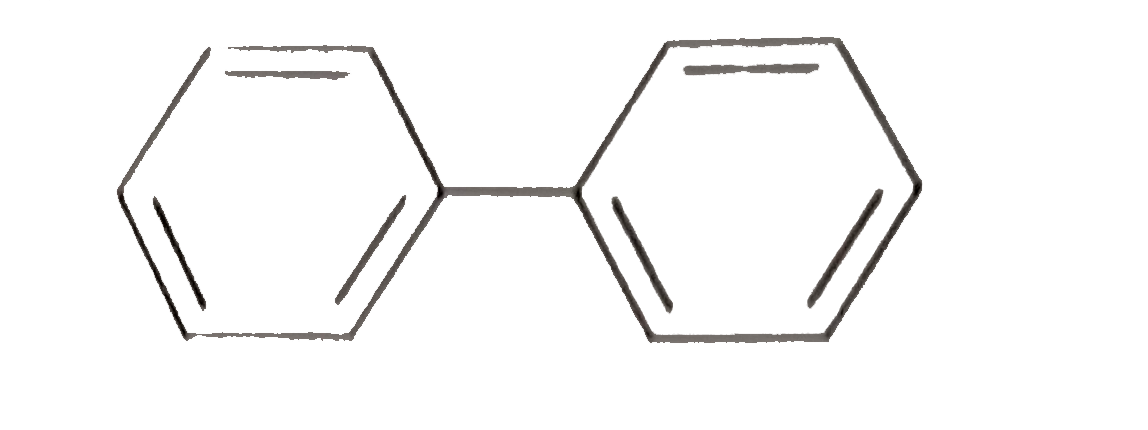 A
A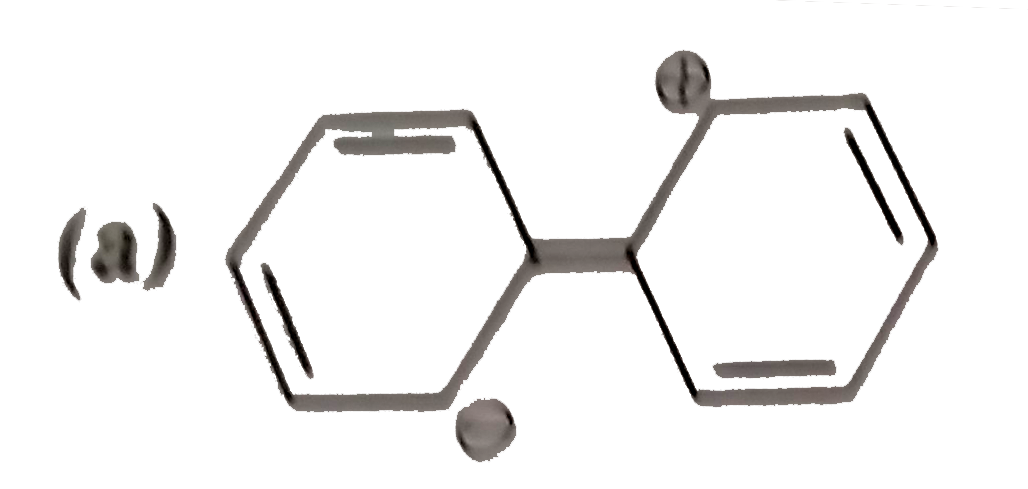 B
B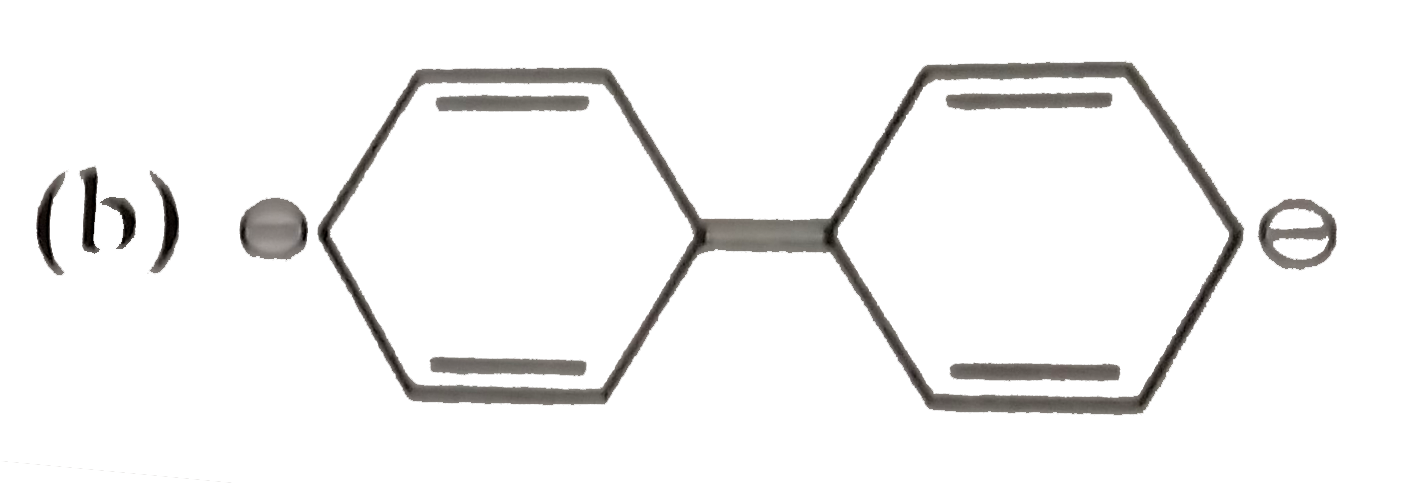 C
C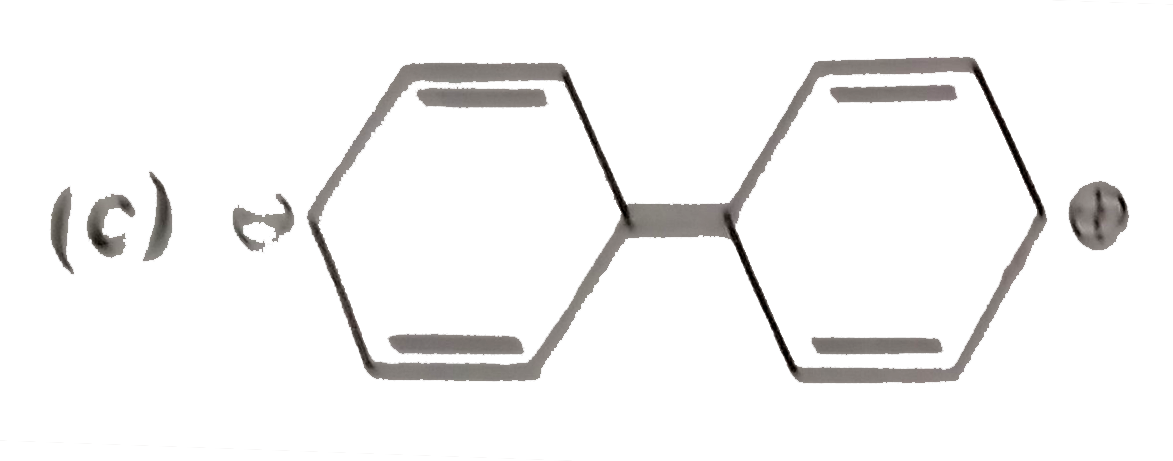 D
D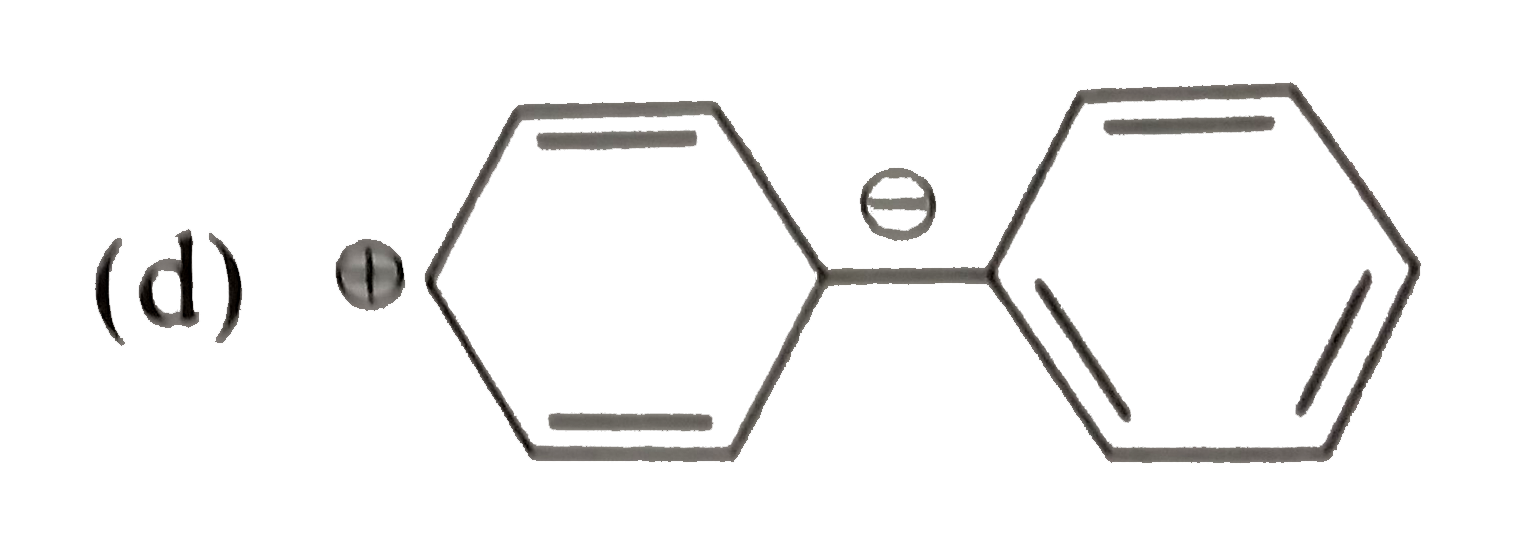
Which of the following is a and inherited disorder ?
AAIDSBGoiterCLeprosyDAlbinism
Which of the following disorders does not cause mental retardation in humans?
View SolutionWhich of the following muscular disorders is inherited?
View SolutionWhich of the following muscular disorders is inherited?
View SolutionWhich of the following muscular disorder is inherited ?
View SolutionWhich of the following disorder shows Criss-cross inheritance ?
View Solution
